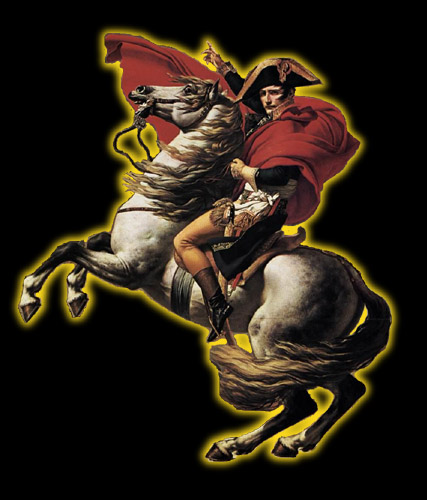
Antique religious prints

CLICK HERE
to enter our online gallery of antique religious prints.

Biblical scenes in art
Bible
The Bible is a canonical collection of texts considered sacred in Judaism as well as in Christianity. There is no single "Bible": many Bibles exist with varying contents. The term Bible is shared between Judaism and Christianity, although the contents of each of their collections of canonical texts is not the same. Different religious groups include different books within their canons, in different orders, and sometimes divide or combine books, or incorporate additional material into canonical books. The Hebrew Bible, or Tanakh, contains twenty-four books divided into three parts: the five books of the Torah ("teaching" or "law"), the Nevi'im ("prophets"), and the Ketuvim ("writings"). Christian Bibles range from the sixty-six books of the Protestant canon to the eighty-one books of the Ethiopian Orthodox Church canon. The first part of Christian Bibles is the Old Testament, which contains, at minimum, the twenty-four books of the Hebrew Bible divided into thirty-nine books and ordered differently than the Hebrew Bible. The Catholic Church and Eastern Christian churches also hold certain deuterocanonical books and passages to be part of the Old Testament canon. The second part is the New Testament, containing twenty-seven books: the four Canonical gospels, Acts of the Apostles, twenty-one Epistles or letters, and the Book of Revelation. By the 2nd century BCE Jewish groups had called the Bible books "holy," and Christians now commonly call the Old and New Testaments of the Christian Bible "The Holy Bible" or "the Holy Scriptures". Many Christians consider the whole canonical text of the Bible to be divinely inspired. The oldest surviving complete Christian Bibles are Greek manuscripts from the 4th century. The oldest Tanakh manuscript in Hebrew and Aramaic dates to the 10th century CE, but an early 4th-century Septuagint translation is found in the Codex Vaticanus. The Bible was divided into chapters in the 13th century by Stephen Langton and into verses in the 16th century by French printer Robert Estienne and is now usually cited by book, chapter, and verse.
Hebrew Bible
The Masoretic Text is the authoritative Hebrew text of the Hebrew Bible. While the Masoretic Text defines the books of the Jewish canon, it also defines the precise letter-text of these biblical books, with their vocalization and accentuation. The oldest extant manuscripts of the Masoretic Text date from approximately the 9th century CE, and the Aleppo Codex (once the oldest complete copy of the Masoretic Text, but now missing its Torah section) dates from the 10th century. Tanakh reflects the threefold division of the Hebrew Scriptures, Torah , Nevi'im ("Prophets") and Ketuvim ("Writings").
Torah
The Torah is also known as the "Five Books of Moses" or the Pentateuch, meaning "five scroll-cases". The Hebrew names of the books are derived from the first words in the respective texts.
The Torah comprises the following five books:
Genesis, Bereshith , Exodus, Shemot , Leviticus, Vayikra , Numbers, Bamidbar ,Deuteronomy, Devarim
The first eleven chapters of Genesis provide accounts of the creation (or ordering) of the world and the history of God's early relationship with humanity. The remaining thirty-nine chapters of Genesis provide an account of God's covenant with the Biblical patriarchs Abraham, Isaac and Jacob (also called Israel) and Jacob's children, the "Children of Israel", especially Joseph. It tells of how God commanded Abraham to leave his family and home in the city of Ur, eventually to settle in the land of Canaan, and how the Children of Israel later moved to Egypt. The remaining four books of the Torah tell the story of Moses, who lived hundreds of years after the patriarchs. He leads the Children of Israel from slavery in Ancient Egypt to the renewal of their covenant with God at Mount Sinai and their wanderings in the desert until a new generation was ready to enter the land of Canaan. The Torah ends with the death of Moses.
The Torah contains the commandments of God, revealed at Mount Sinai (although there is some debate among traditional scholars as to whether these were all written down at one time, or over a period of time during the 40 years of the wanderings in the desert, while several modern Jewish movements reject the idea of a literal revelation, and critical scholars believe that many of these laws developed later in Jewish history). These commandments provide the basis for Jewish religious law. Tradition states that there are 613 commandments (taryag mitzvot).